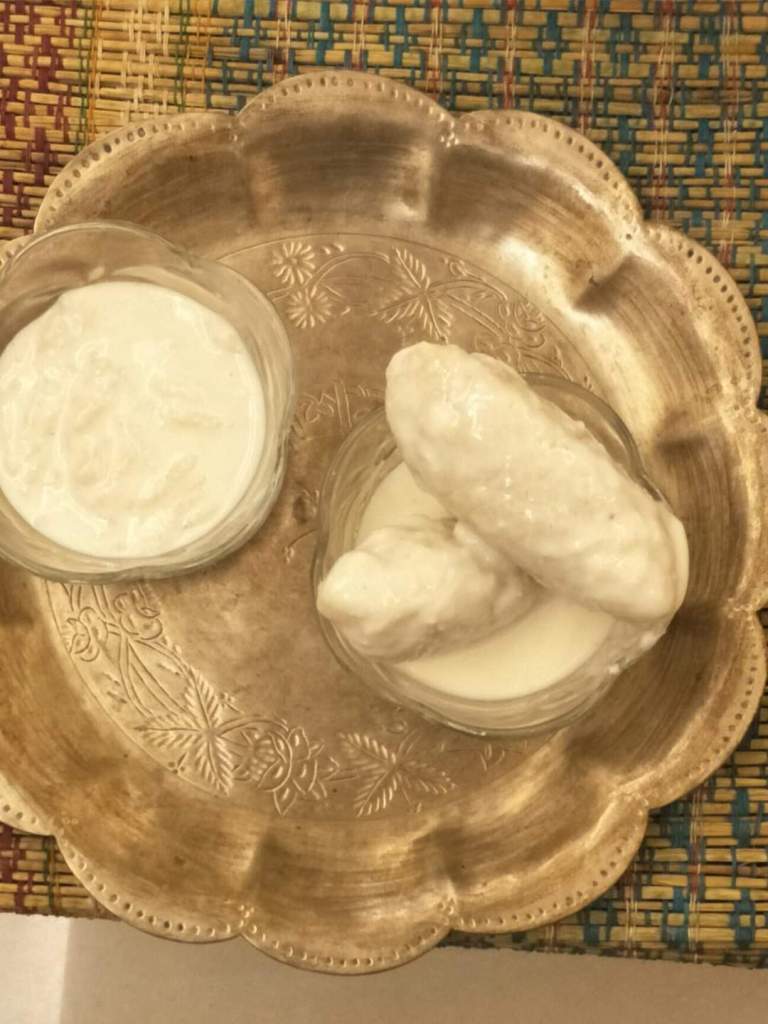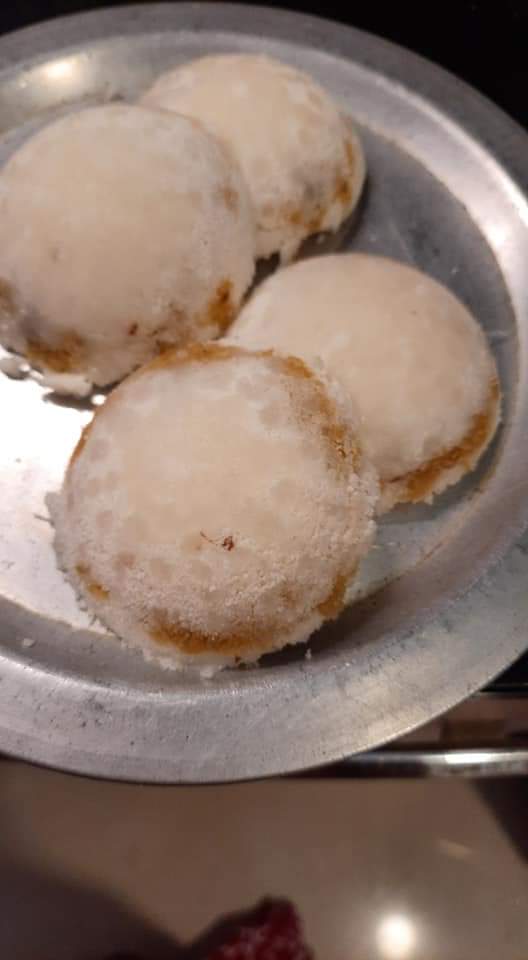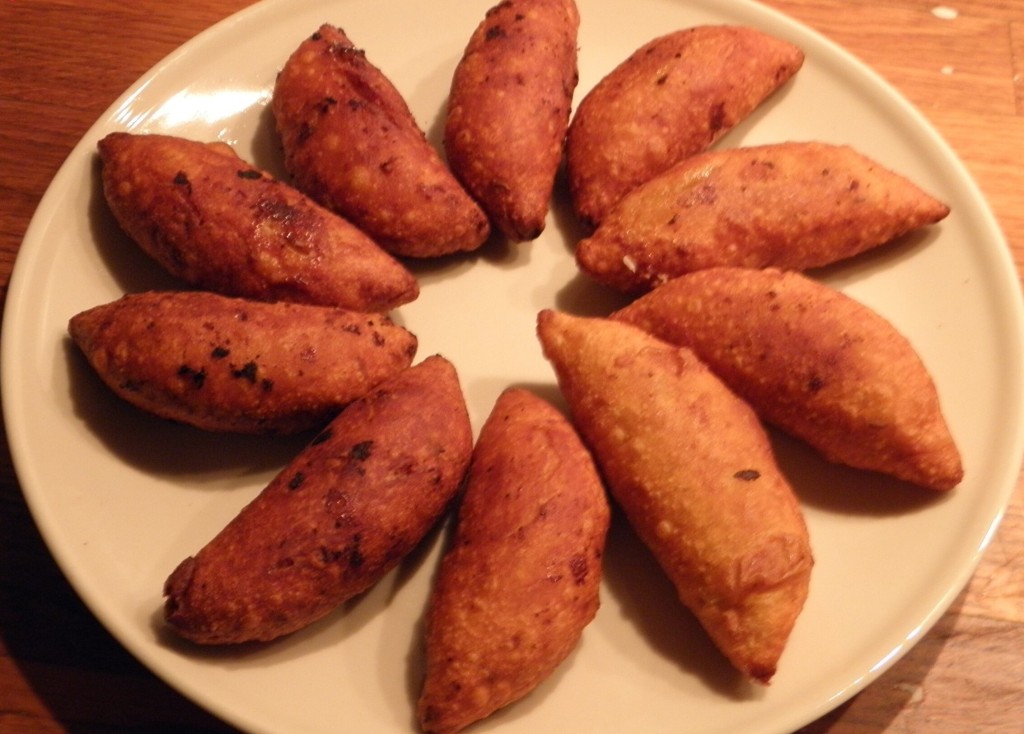Note to Readers: On the eve of Holi, Sojourn with San brings you a ‘sweet’ compilation from Bengal by Aparna Ghosh.
Aparna Ghosh is a brilliant poetess who expresses her feelings largely through Hindi poetry. Her poetry has received accolades and appreciation on various online forums and have been published in popular newspapers and anthologies. She is a staunch supporter of handmade products and handlooms with an avid interest in Hindustani Classical Music.

With the start of the new Gregorian year, India starts celebrating the harvest festival. Celebrated as Maghi in Punjab, Sankrat in Rajasthan, Pongal in Tamil Nadu, Bihu in Assam, it is called Poush Sankranti in the state of Bengal. Observed on the last day of the Bengali calendar month of Poush, which starts from the middle of December to the middle of January, Bengalis celebrate this new harvest or Nabanna with their unique delicacies called Pithe, Puli, and Payesh.
The key ingredient in these delicacies is fresh date palm juice. Come winters, the date palm trees ripen with fresh kejhur raush (date palm juice). Using freshly harvested rice, new jaggery or notun gur (made by reducing date palm juice), and coconut along with other fresh harvest produce like sweet potatoes, a special sweet and savoury platter of Pithe is created as an offering to Mother Nature and thanking Her for the bountiful harvest.


Much before the now-famous Chenna sweets of Bengal, Pithe, Puli payesh along with Naru and Moa were the popular sweets of Bengal. This is because the deliberate curdling of milk was considered taboo in the Hindu tradition. Thus, sweets made by chenna became popular only after the arrival of foreign travelers. However, Pithe and Puli find a mention in old medieval Bengali literature, particularly the Mangal Kavyas. These are the poems of benediction that were composed between the 13th and 18th centuries.
Even in modern times, it is customary for many Bengali families to offer at least three different kinds of pithe. The traditions and customs vary in different households, depending on their origins, namely from East Bengal or West Bengal. In mixed marriages, both traditions are being followed now.
The secret of succulent Pithe & Puli lies in the age-old recipes that use two kinds of freshly ground rice – atap or the sun-dried one and seddho or the parboiled variant. The freshness of coconuts and nolen gur add to the taste. Below is a description of some of the variants, of which some are still very famous and some are sadly fading away.
Chitoi/Axse pithe
In most East Bengal households, Poush Sankranti starts with Axse pithe, also known as Dhaka Pithe, Chikui Pithe, Chitoi pithe or Sora Pithe. These are steamed rice discs resembling an idli but they are not fermented overnight. Instead, they are eaten with fresh coconut and Nolen Gur. When they are steamed in an earthen shora (clay pot) they are called shora pithe. I still remember my grandmother offering the first chitoi pithe to Agni -the fire God and then serving us these delicacies as breakfast to mark the festival. This is an almost forgotten recipe.


Patishapta
The next favourite is patishapta pithe – a rice crepe filled with coconut and nolen gur filling. Again, there are a lot of variations, where sometimes jaggery water is added to the batter and other times the filling is made with khoya.

Picture Courtesy: Aparna Ghosh
Doodhpuli
Puli are rice dumplings which are stuffed with sweetened coconut and jaggery filling and then simmered in thickened milk till lusciously rich and creamy, thus making doodhpuli.

Chushir/Choshi Payesh
It is an ethnic, almost forgotten dish of Bengali cuisine. Choshi is hand-rolled sevai or rice pasta which is sundried, lightly fried in ghee, and then simmered in boiling milk till it becomes creamy and rich. It is a very tricky recipe as either the choshi tends to go hard or melts while boiling. Thus, it is an expert hand that can make the right dough for choshir payesh.

Bhapa pithe
Bhapa pitha or steamed rice cakes are a staple morning breakfast in many regions and also a special sweet prepared during Makar Sankranti. Rice flour is steamed in a bowl filled with layers of coconut and jaggery filling. They can also be made savoury using green peas and called koraishutir pithe.

Ranga aloor pithe/Rosser puli pithe
Sweet potatoes are first boiled, then mashed with spices and maida (all-purpose flour) /suji (semolina), and then these are stuffed with coconut sweetened with jaggery, and then deep-fried and dunked in light syrup. They taste heavily with a little savoury outside coat and a sweet filling.

Gokul pithe
Called Lord Krishna’s favourites, these pithe are made with a batter of refined flour and milk and filled with a coconut and jaggery filling. These are then fried and dunked in light sugar syrup. These are one of the relatively easier pithe recipes. Made with refined flour, they can be eaten by people who are fasting.

Mug shamli
The traditional Mug shamli is for those who love sweets with a touch of savoury and spice! It is essentially a fried dumpling that has a sweet filling of coconut and date palm jaggery (Nolen Gur). The size of the Mug shamli should be made small enough to handle, as these are brittle. The outer covering is made with toasted Moong dal (pigeon-pea lentil) and rice powder, and is rather savoury with cumin seeds and black pepper powder and with a sweet filling inside.

Pakon pithe /nokshi pithe
These are deep-fried pithe made either from a moong dal and rice mixture (pakon) or simply rice flour mixture (nokshi). Beautiful designs are etched on them and they are deep-fried and then soaked in sugar syrup. They are rarely eaten fresh and taste a lot better when they are a day old.

Notun gurer payesh
In Bengali homes, every occasion from birthdays to festivals is marked by preparing payesh / kheer. During Poush and Makar Sankranti, this is prepared with the season’s freshly harvested date palm jaggery. This is easily one of the commonly made dish in Bengali household during the festive season.

Bibikhana Pithe
This is the signature pithe of Bikrampur in Dhaka, Bangladesh. Bibikhana Pitha is much like a cake made with gur or molasses, rice flour, thickened milk, egg, and ghee as primary ingredients. Considered as the Bangladeshi cake, Bibikhana Pitha is soft, flavourful and a perfect winter delicacy and will give a run for the money to any exotic cake. The uniqueness of this pitha is the smoky flavour that comes from the kath koyla (burnt charcoal) on which this cake is traditionally cooked. This is why it is also called Pora pithe or Poda Pitha.

Apart from those mentioned above, there are numerous types of pithe and puli recipes that are followed in each household. The preparations, conversations about the household secret recipes, the trepidation to get it right – everything takes us a little closer to our roots. I remember my grandmother talking fondly of a time, when relatives and friends who lived alone in Delhi, would flood their homes during Poush Sankranti to savour pithe puli.
In present times, we have access to ready mixes to make the puli batter. Ready-made Choshi packets are also available. Moreover, we use modern mixers to grind the flour or use idli stands and appe patras to make our pithe puli, which has made preparing these delicacies less tedious.
But whenever these goodies are made, the heart directly goes to the land – that was undivided by partition, to the stories of grandmothers, to their nimble fingers and their smiles. A tear or two emerges in remembering their lives and the time that has gone by.
Edited by Sangeeta Venkatesh
N.B : It takes me time and effort to write. So would request you to kindly Subscribe by pressing the follow button, Share and press on the star button – if you liked the article !!
Pingback: Guest Blog: Pithe-Puli; Traditional Bengali Desserts to cherish all year long – Kasilo-God's plan
What a deliciously sweet article Sangeeta. Now I am craving sweets
LikeLiked by 1 person
Lets do an only desserts outing!! Ha! Ha!
LikeLike
Thank you Sangeeta for featuring this article, what a delightful surprise on Holi ,this feature is very close to my heart as it brings fond memories of my childhood and growing up years. It is indeed an honor to be a part of this ever popular blog ,hope the readers find it a good read .
LikeLike
So tempting each one looks!
LikeLike
Believe me, they are delicious! Thanks for reading.
LikeLike
I missed reading this during Pongal times. Mouthwatering! I would like to try some myself. At least the bibikhana pithe. There seems to be some underlying commonality parallel with the kozhukattais, appams, pradhamans, idiyappam, paniyarams of the south. Lovely.
LikeLike